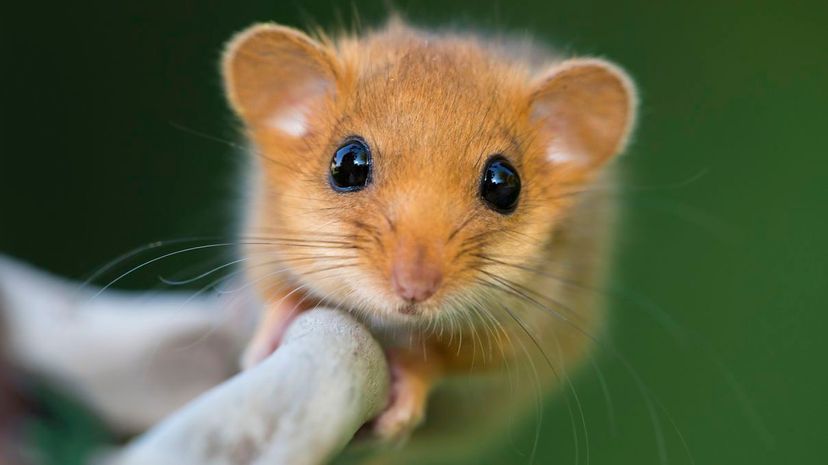
About This Quiz
To many, mammals are the most appealing of the animals for several reasons. They're warm and hairy. Some are pretty cute, especially as babies. And, of course, they include humans!Â
But humans have another important reason to love mammals: we need them! Thousands of years ago, people began domesticating animals like sheep, oxen, horses, dogs and cats. In fact, without domesticated mammals, human civilization probably wouldn't be where it is today. Without mammals helping us farm and providing us food, clothing and companionship, people would perhaps still be gathering berries and chucking spears at dinner.
Mammals are indeed a varied group of animals. They live on land, in trees and the sea. They all have hair or fur of some sort, even whales and dolphins. It may be soft like sheep's wool, prickly like porcupine spines or coarse like warthog bristles, but all forms provide protection and help regulate body temperature. And while most mammals have live births, there is an exception: monotremes, which include the platypus and echidna, actually lay eggs!
So, the next time you visit the zoo or hike a national park, make sure you observe and marvel at all the mammals who share so many traits with humans and deserve all our love, respect and protection. See if you can identify most of them in this fun, informative quiz!
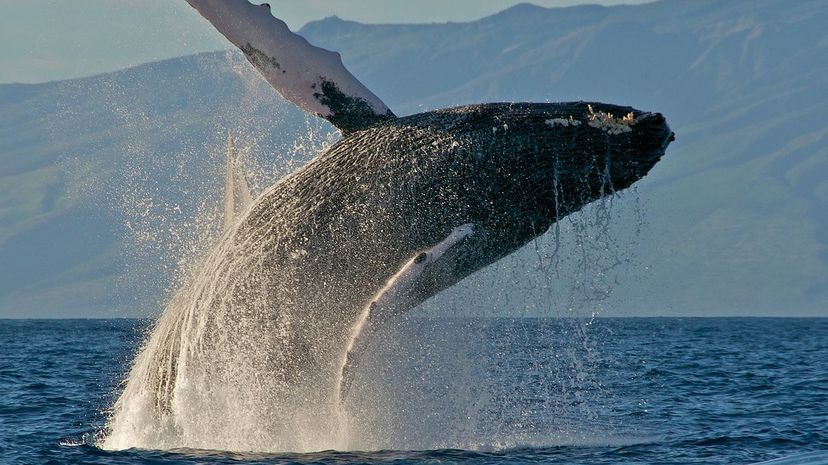
No one knows why the male humpback whale sings; it may be a way to challenge other males in the region. Humpback whales are baleen and feast on krill and small fish before fasting.
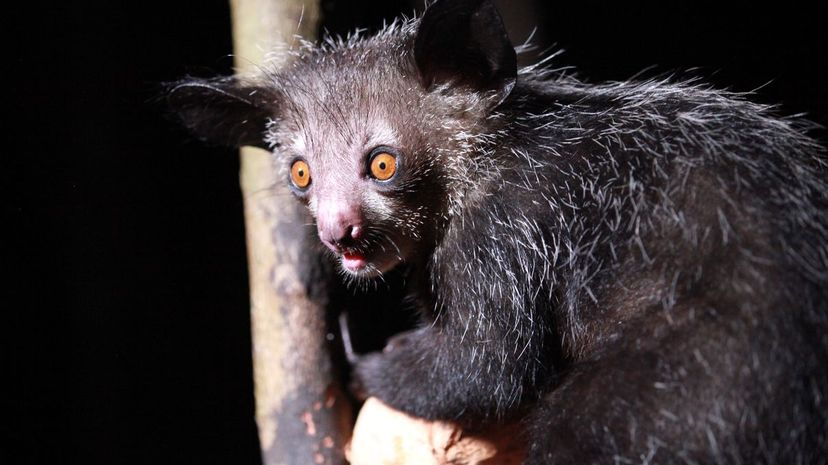
The aye-aye finds grubs by tapping on trees, boring a hole in the tree with its teeth and sticking its long, skinny middle finger inside to grab the grub. It's quite the efficient dining procedure!
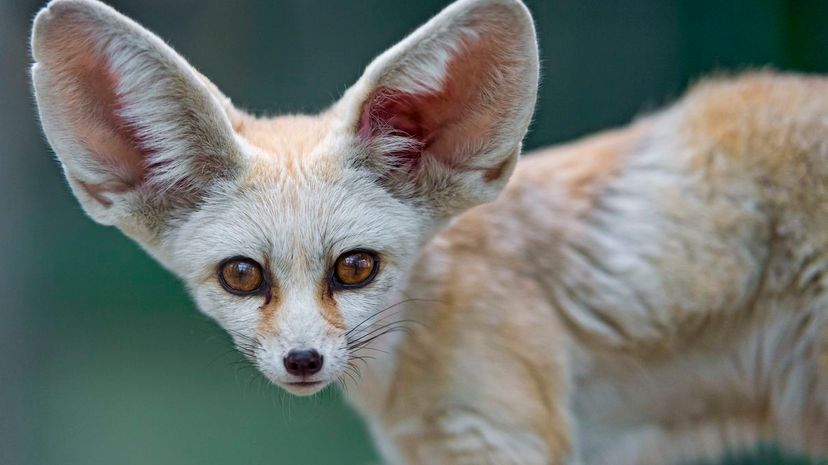
This cute little fox stands out with its long, pointed ears, which help it hear insects moving underground. Fennec foxes live in interconnected underground dens with their families.
Advertisement

The African bush elephant is the largest mammal that lives on land. The females, or cows, travel in herds with their calves, and the males, or bulls, live alone or with a few other bulls.
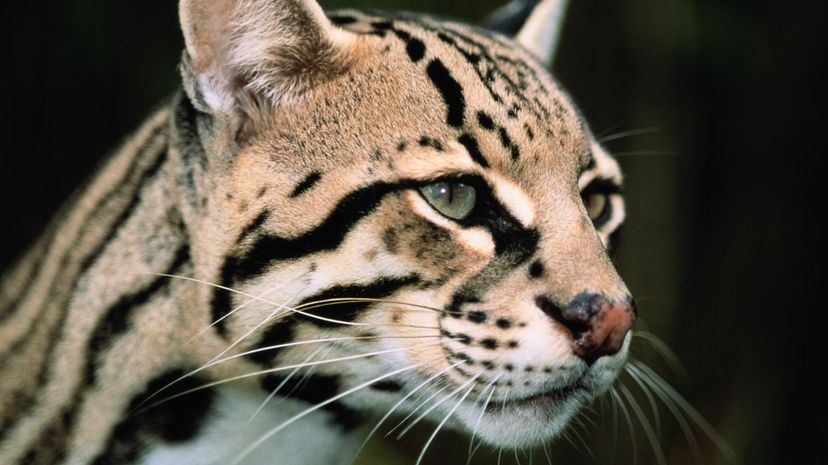
The ocelot has a striking coat marked with spots and stripes. Its habitat extends from the southwestern United States to Argentina. Artist Salvador Dali had a pet ocelot named Babou.
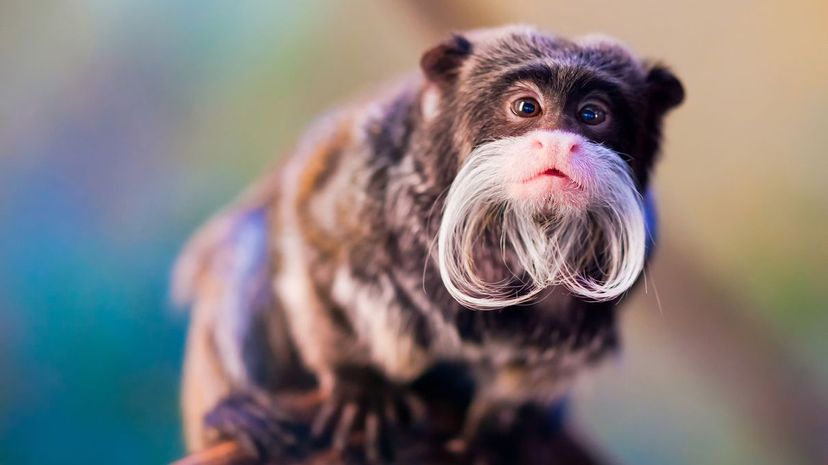
This tamarin got its name because of its resemblance to a German emperor - he, too, had a prominent mustache! A dominant female will mate with several males, who help a great deal with the offspring.
Advertisement
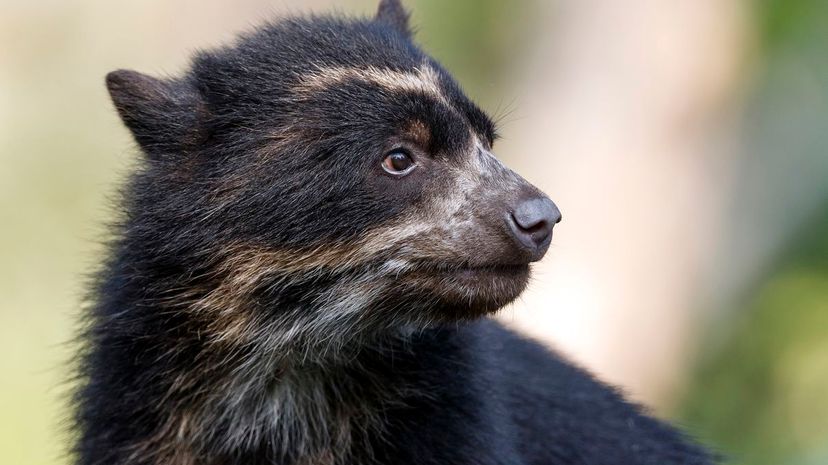
So named because of the markings around the eyes that resemble eyeglasses, spectacled bears are the last remaining bear native to South America. They eat mostly plants, nuts and fruit.
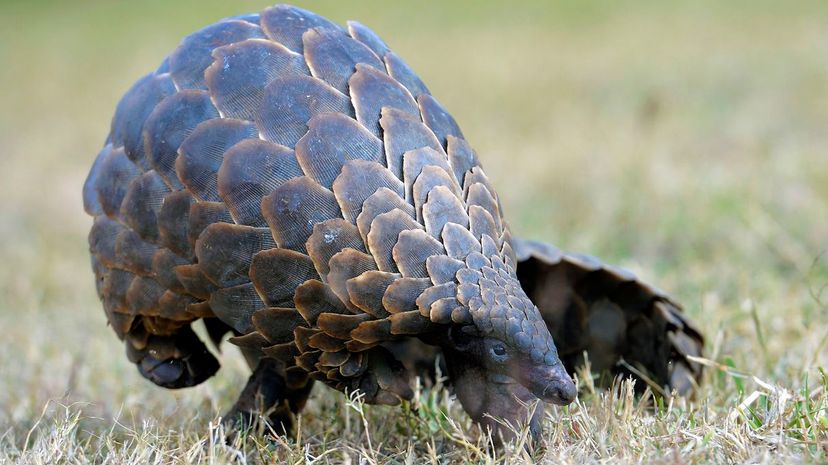
Pangolins are also called scaly anteaters because they have a thick layer of scales protecting their skin. When the pangolin rolls up, its head and underbelly are shielded by the hard, sharp scales.
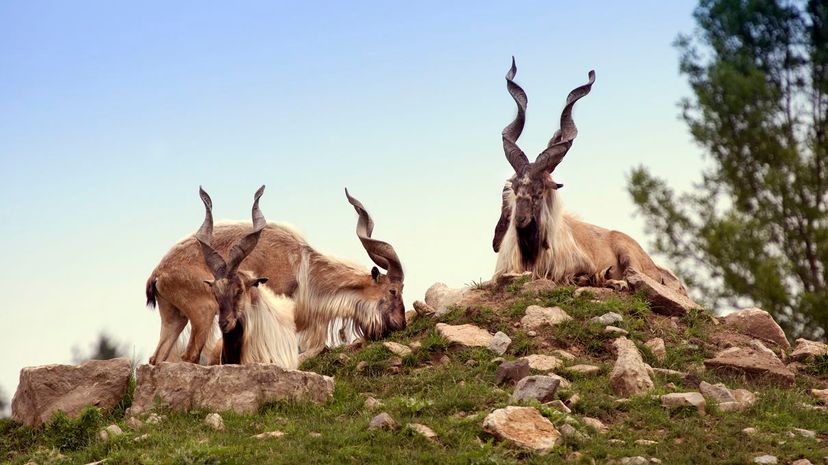
This goat, Pakistan's national animal, has long corkscrew horns. The males, of course, have longer horns, growing up to 63 inches long. It's a near-threatened species on the IUCN Red List.
Advertisement
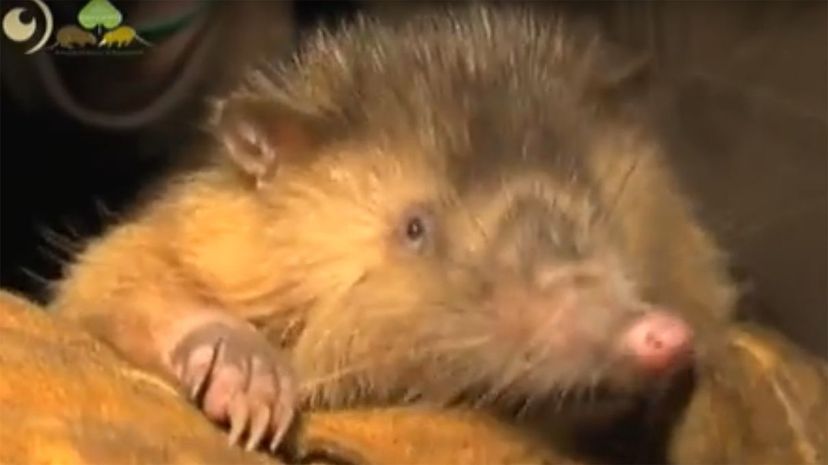
The solenodon uses its long, flexible snout to sniff out prey in narrow spaces. It secretes a musky odor and produces venomous saliva. While not the cutest critter, it helps humans control pests.
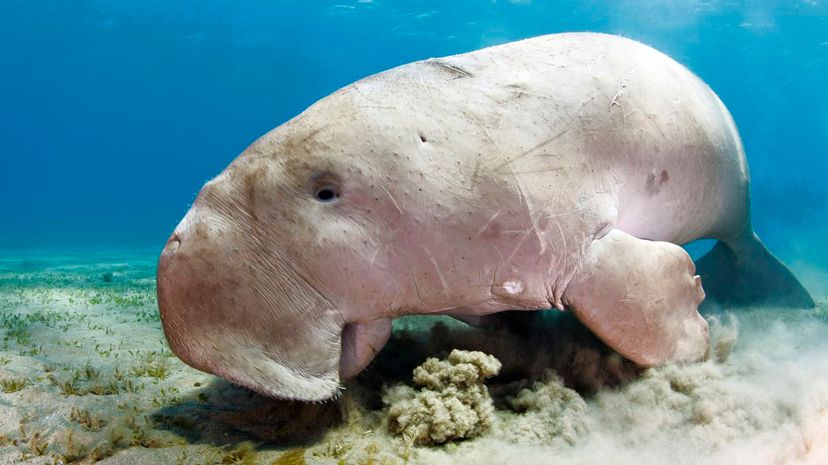
Dugongs prefer warm coastal waters. They're similar in appearance to dolphins, except they have no dorsal fin. Females give birth in shallow waters so the baby can easily take its first breath.
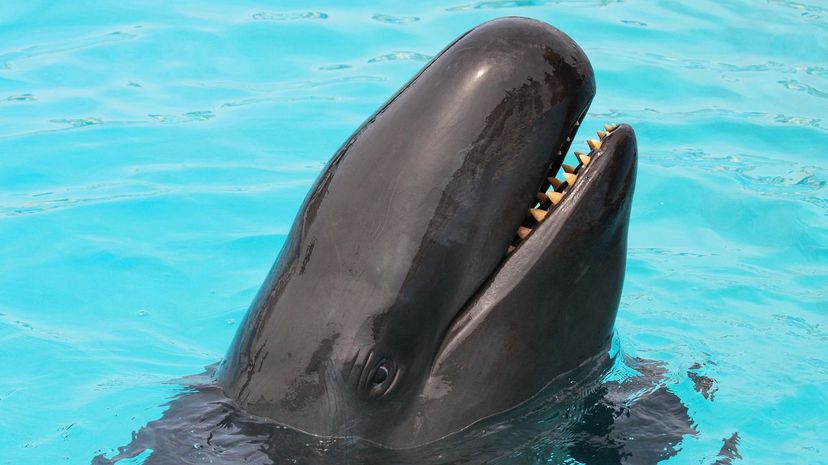
Despite its name, the false killer whale is a dolphin. Its skull resembles an orca's, which is how it got the name. The false killer whale can grow up to 20 feet long and sometimes eats other dolphins!
Advertisement

The dormouse predominantly lives in Europe. They're notable for hibernating at least half the year. Dormice typically have four offspring per litter with a gestation period of only 22 days!
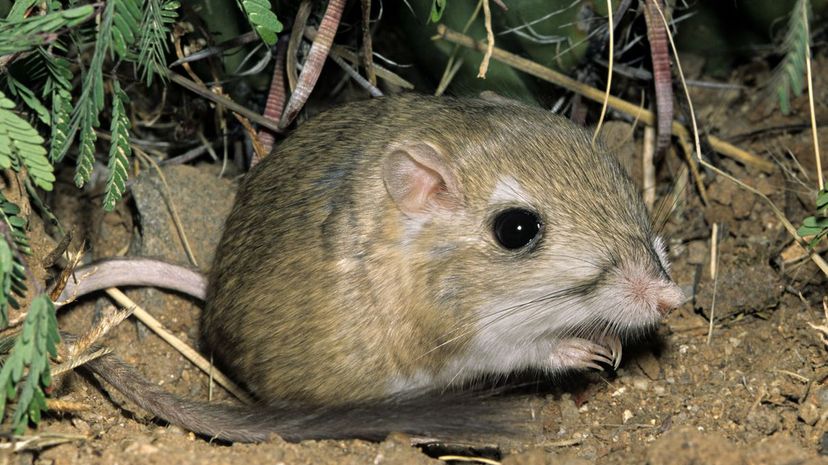
Kangaroo rats got their name for obvious reasons - they hop on their strong hind legs like kangaroos. They also have long tails and cheek pouches in which they store food. They live in arid regions.
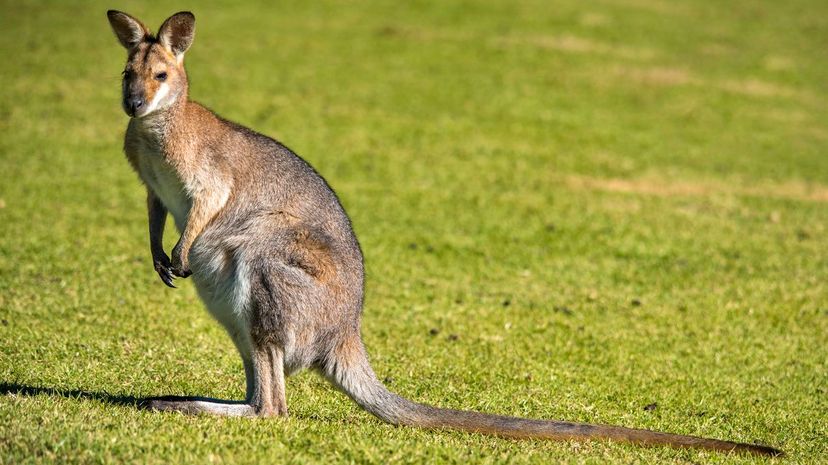
Wallabies closely resemble kangaroos, except they're smaller. Their powerful hind legs allow them to jump great distances and kick animals or people they find threatening. Babies are called joeys.
Advertisement
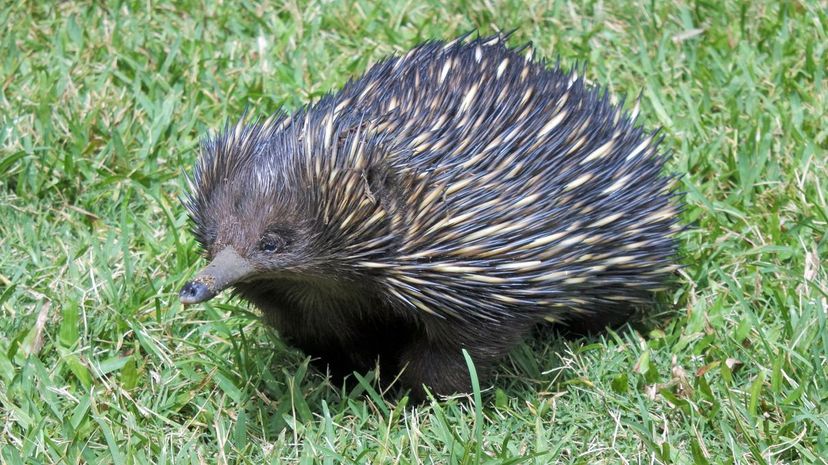
The echidna is also called a spiny anteater because of its protective spines. Their strong legs and claws help them dig in their pursuit of prey. Albino echidnas have white spines!
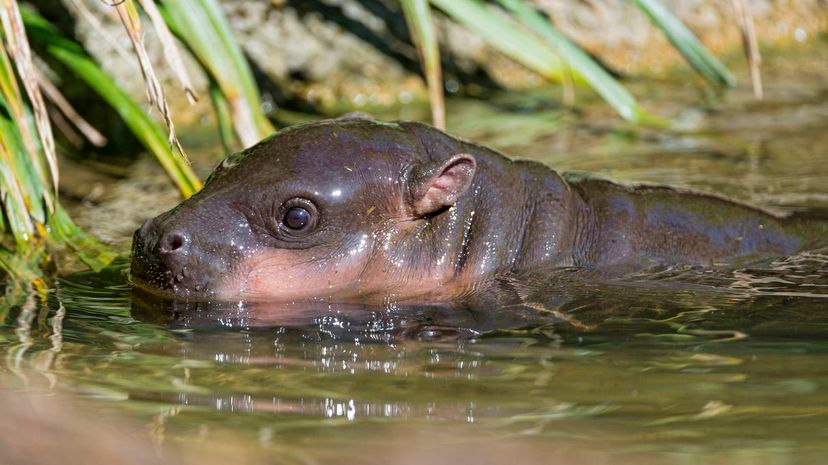
The pygmy hippopotamus is significantly smaller than the common hippo. It's also less social, preferring to live alone or with a small family unit. At dusk, they're hungry, hungry hippos!
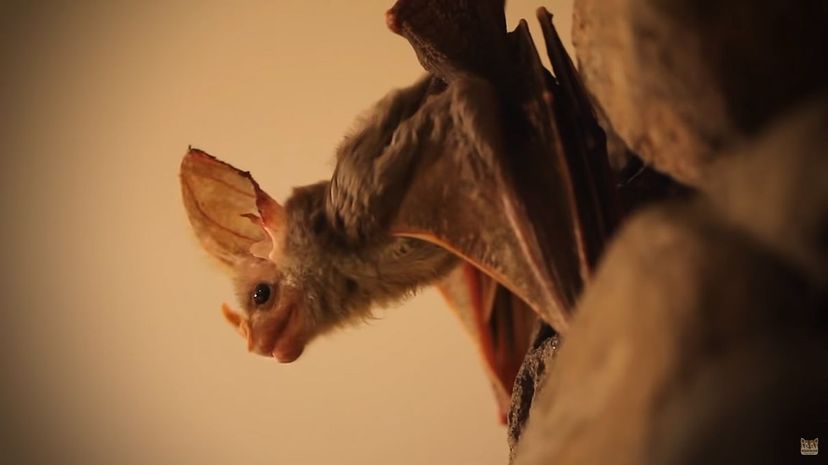
The ghost bat is so named because of its pale color and its frightening ability to take down large prey such as birds, snakes and fellow mammals. Whether it says "boo" to its prey is unknown.
Advertisement
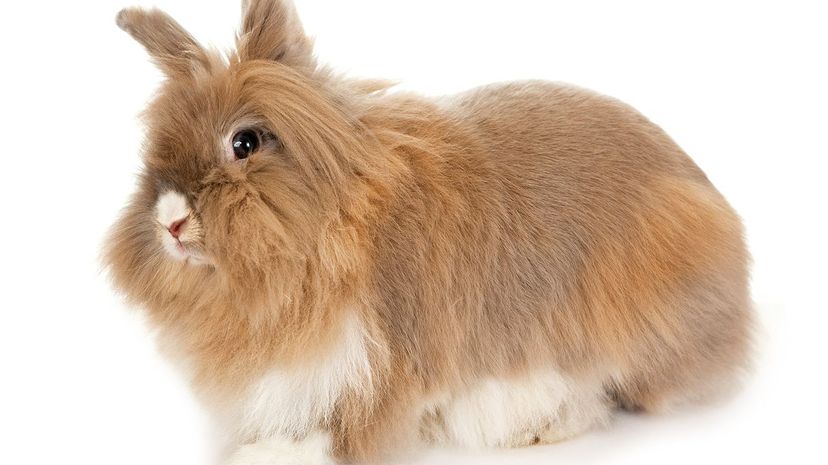
It's hard to imagine why a rabbit would be named after a lion, until you see the woolly mane around its head. It was only recognized as a unique breed fairly recently and makes a docile house pet.
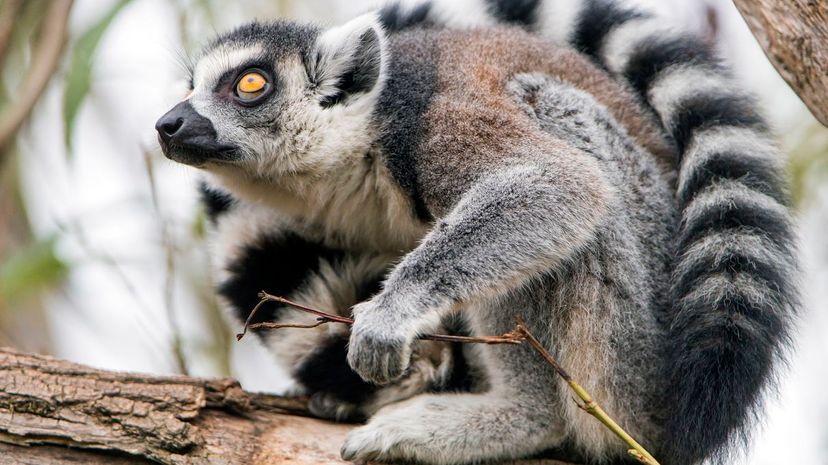
The ring-tailed lemur, like other lemurs, calls Madagascar its home. Unfortunately, the gregarious creatures, who live in large groups and enjoy sunbathing, are an endangered species.
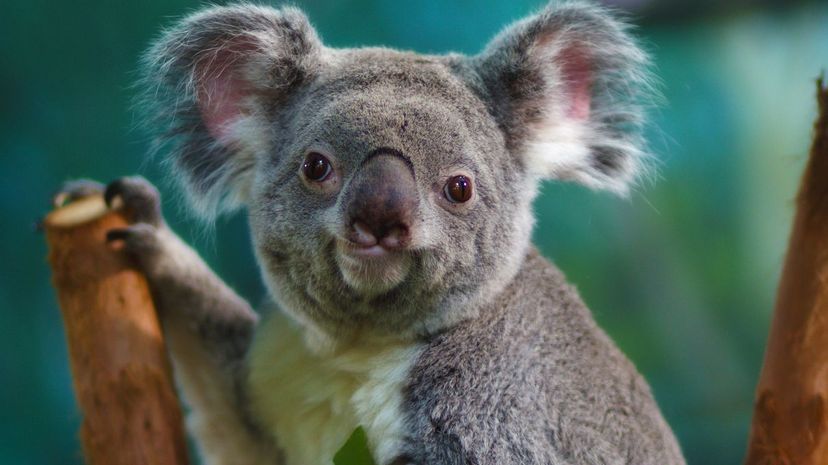
Though it's commonly and mistakenly called a koala bear, the koala is actually a marsupial that enjoys lounging in trees in Australia. Joeys live in their mothers' pouches for about six months.
Advertisement
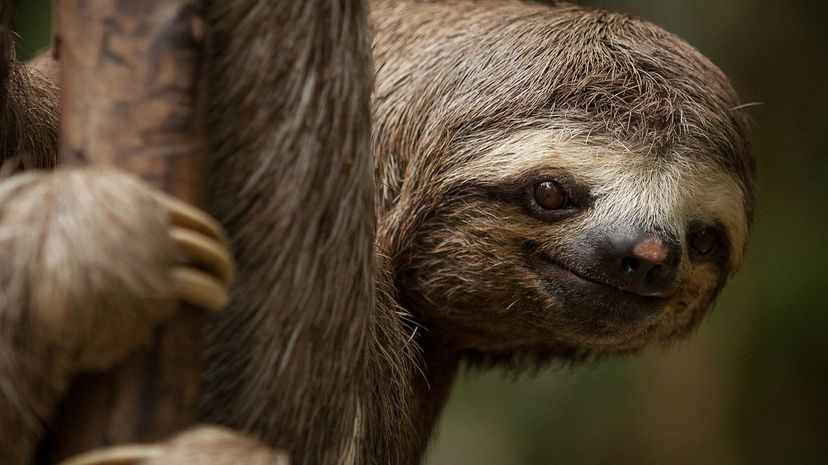
Sloths live in Central and South America, and they're so slow because of their low-calorie leaf diet. Algae grows in their hair, camouflaging them in the trees where they're safe from predators.
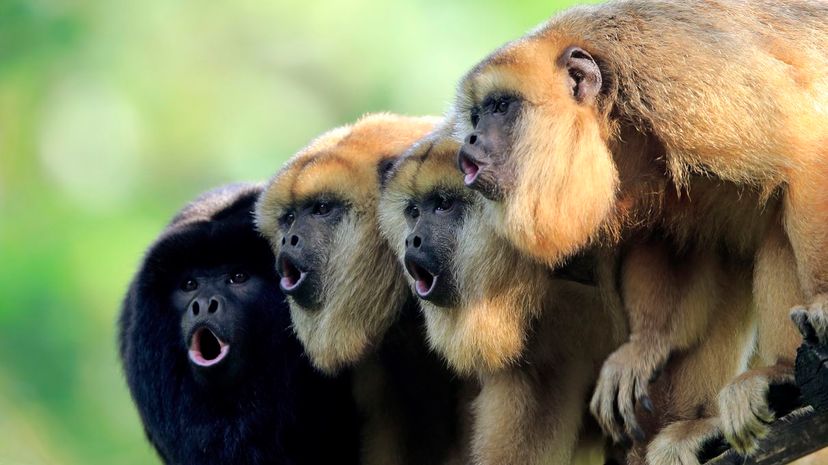
Visit the rain forests of South and Central America, and you can hear a howler monkey's call from three miles away! Their prehensile tail is typically longer than their body and can grip fruit.

Sea lions are related to seals and walruses, but sea lions are noisier and better at walking on land with their hind flippers. And unlike solitary seals, sea lions stick together in huge packs.
Advertisement
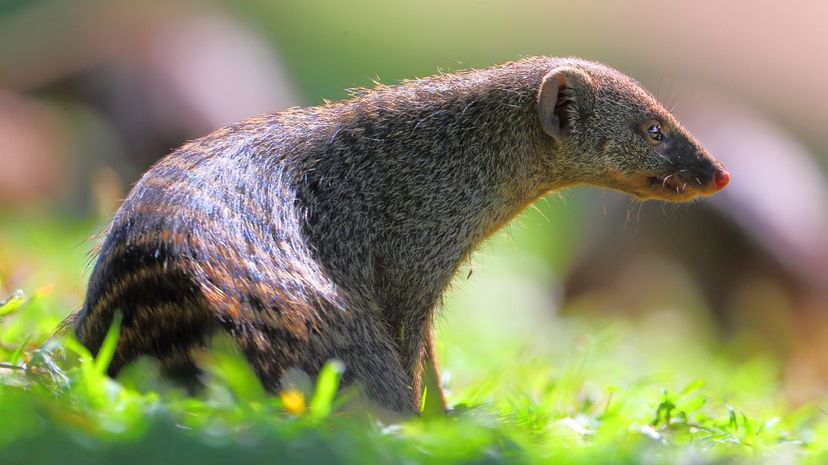
Author Rudyard Kipling popularized the mongoose with his character Rikki-Tikki-Tavi, a boy's pet who saves the family from snakes. They are, in fact, quite adept at fighting and killing cobras.

The Guinness Book of World Records declared the honey badger the "most fearless animal." Even much larger predators avoid the honey badger, knowing what a ferocious, strong and tireless creature it is!
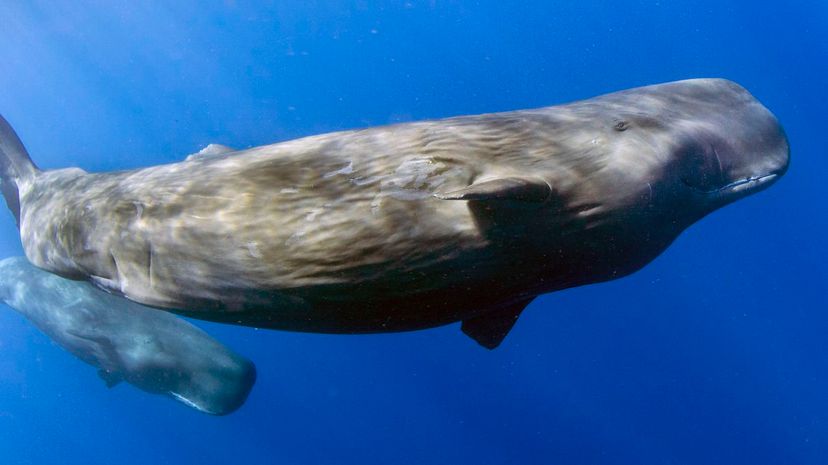
Of all the toothed whales, the sperm whale is the biggest, with males reaching up to 60 feet in length. There's not much that can take down a sperm whale, except perhaps a team of killer whales.
Advertisement
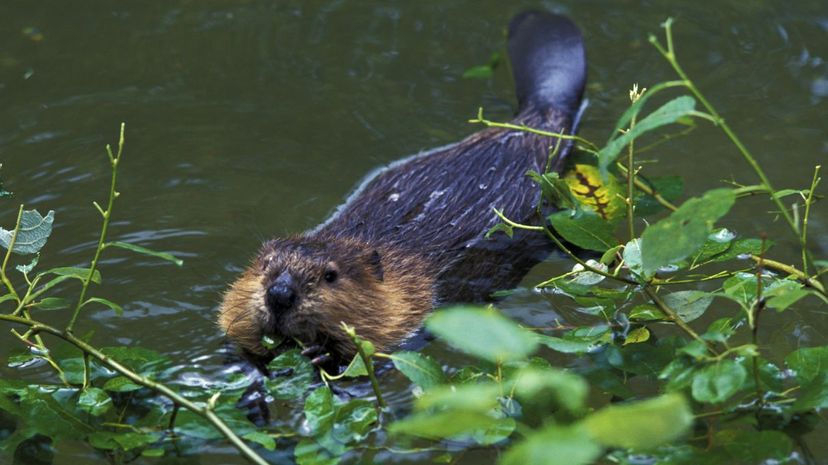
The semiaquatic beaver can reroute rivers with its persistent dam building. Beavers can grow quite large, sometimes exceeding 55 pounds, and the females are just as big as the males.

The wildebeest is a type of antelope found in Africa. Remember the stampede of wildebeests in Disney's "The Lion King"? It's not unusual for wildebeests and zebras to graze together.
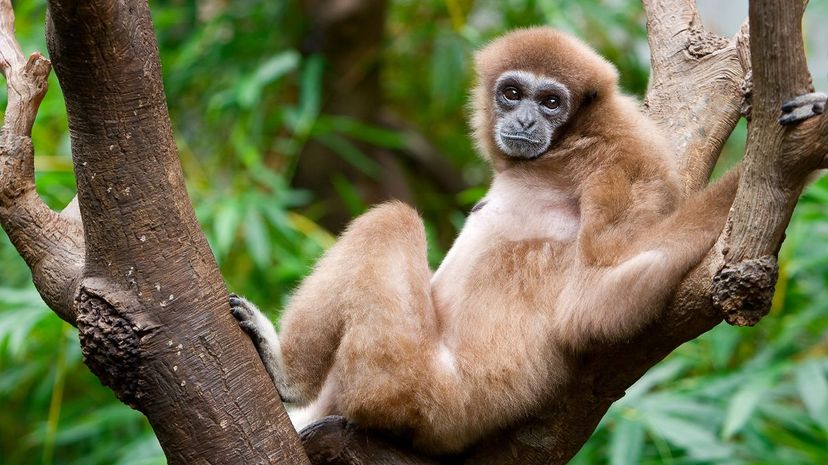
Being lesser apes, gibbons are significantly smaller than great apes like gorillas and chimps. However, while they may look similar to monkeys in some respects, gibbons don't have tails.
Advertisement
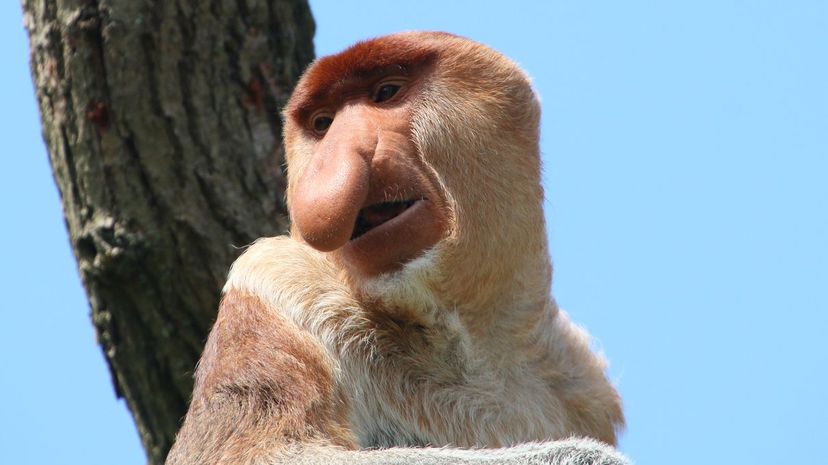
Indigenous to Borneo, the proboscis monkey is reddish-brown and is the proud possessor of a big pot belly and bulbous nose. The mothers help each other raise their young.
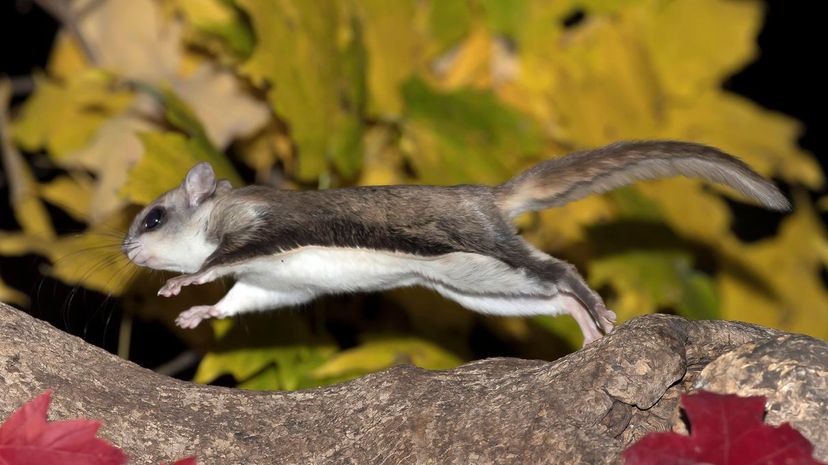
Heads up, Bullwinkle! Thanks to the patagium, a membrane that functions like a parachute, the flying squirrel can glide through the air. Like birds, flying squirrels keep their babies in nests.
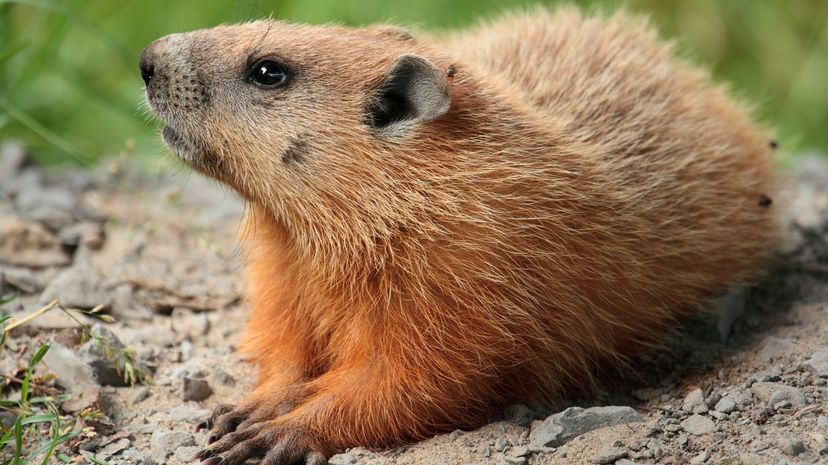
The groundhog is perhaps the only large rodent with its own holiday. And if not for Groundhog Day, they might have less of a cuddly image. Groundhogs are actually aggressive and a nuisance to farmers.
Advertisement
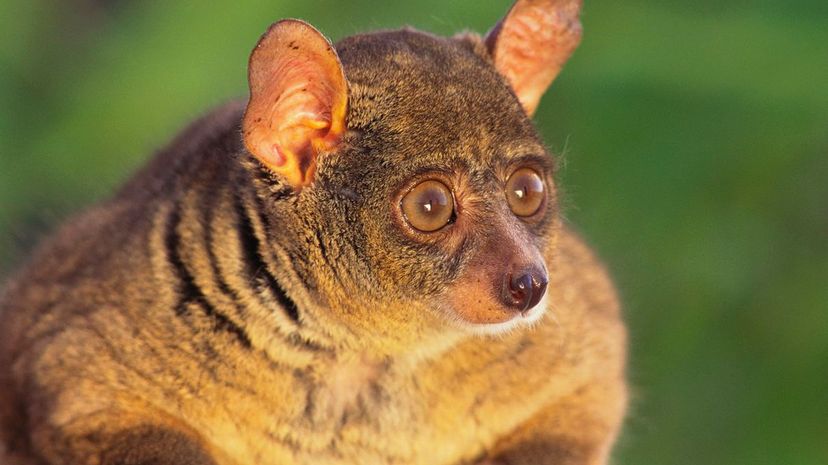
Also called a galago, the bushbaby is an agile nocturnal primate that uses its bat-like ears to find bugs in the dark. They most likely gained their name from wailing like babies at night.
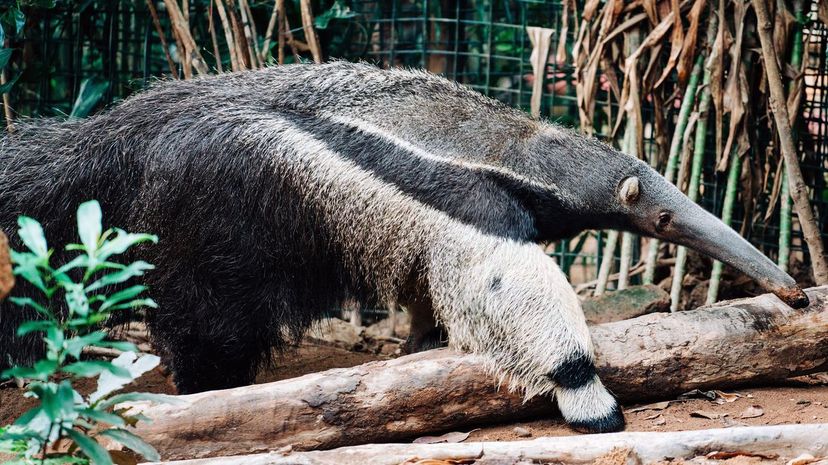
Indigenous to Africa, the aardvark has coarse hair, a humped back and a long snout like a pig's, which it uses to find ants and termites. It can swallow food without chewing thanks to its gizzard.

The oversize ears on this African fox help it regulate its temperature. Because it eats mostly termites and other insects, the bat-eared fox has smaller teeth compared to other canids.
Advertisement

Alpacas are famous for their soft fleece, which is woven into clothing much like sheep's wool. While they look soft and cuddly, alpacas will spit, kick and bray when they feel threatened.
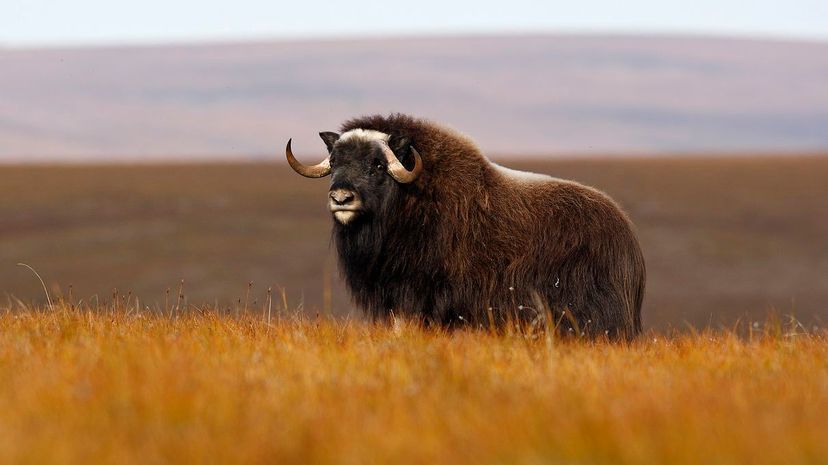
The male muskox emits a strong musky scent to attract females. While the muskox's thick, hairy coat makes it look tremendous, the bison weighs much more. The muskox's wool is called qiviut.

The walrus is a pinniped like the seal and sea lion. The walrus, though, is unmistakable for its long tusks, which can exceed 3 feet in length. Its main predators are orcas and polar bears.
Advertisement

Weighing about 1.8 grams and measuring about 4 centimeters long, the Etruscan pygmy shrew is the smallest mammal. To maintain its fast metabolism, it eats up to two times its body weight daily.